Last updated on February 21st, 2021 at 10:27 am
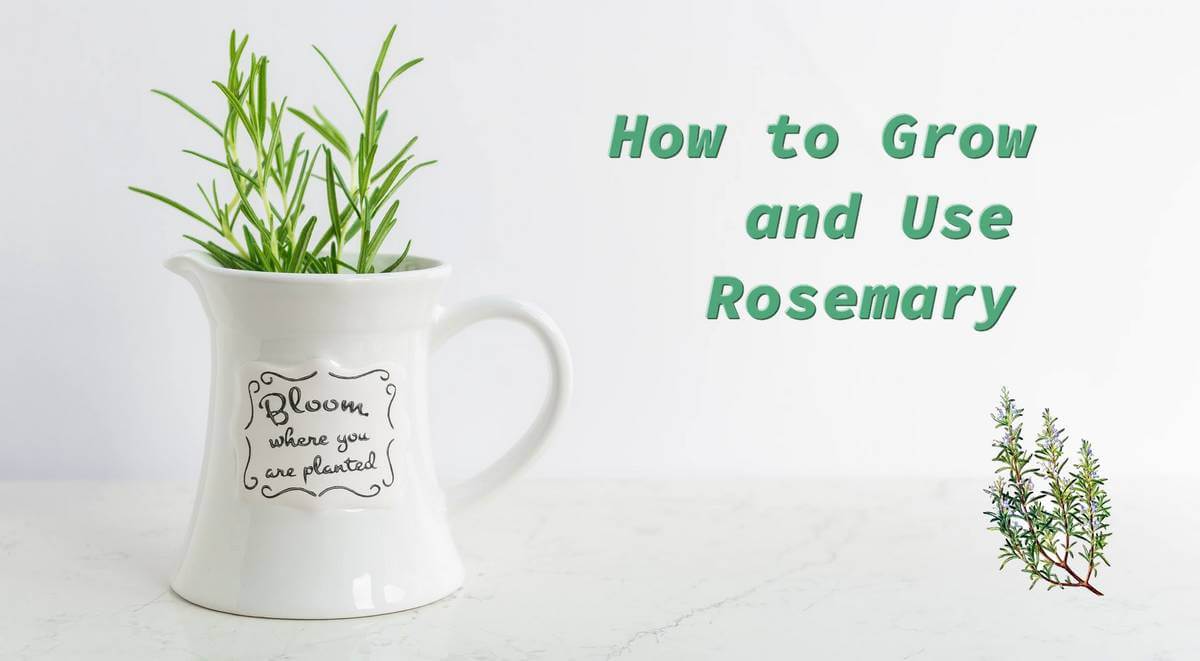
Growing and Using Rosemary
~ Rosmarinus officinalis
By Jane Lake
Rosemary is an evergreen shrub with needlelike green leaves and small blue flowers. It has been a popular aromatic herb for centuries, commonly used as church incense and for potpourri. Since the middle ages, rosemary has often been a part of wedding ceremonies, being part of the bride’s bouquet, or worn in the hair as a circlet, with the groom also wearing a sprig of rosemary.
Long associated with constance and remembrance, and for improving memory, rosemary gained some modern scientific credence for this when researchers from Northumbria University, UK, found that the aroma of rosemary enhances cognitive performance, improving both speed and accuracy in test subjects.
In cooking, fresh or dried rosemary leaves are widely used to enhance the flavor and aroma of salad dressings and stuffings, and to enhance fish, fowl, and meat dishes.
How to Grow Rosemary
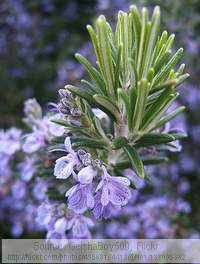
A native of the mediterranean, rosemary is a handsome plant that can grow five feet high in the appropriate environment; it can be trained and shaped, and is sometimes used for formal hedges or topiary. Perennial only in zones 8 to 10, this herb likes light, well-drained, alkaline soil in a sheltered spot. Wet or waterlogged conditions should be avoided.
In colder climates, where the temperature dips below 10°F, rosemary is usually treated as an annual. For marginal zones, where you’d like to try overwintering outdoor plantings, mulch with leaf mold in early winter and then provide protection with a burlap bag or polythene sheets tied softly around the plant.
Fertilize rosemary in spring, if grown as a perennial, or at planting time, for annuals. A 20-20-20 fertilizer is fine. Liquid fertilizer should be reapplied every fifth watering or so; time release fertilizers can also be used.
Growing Rosemary in Containers
Rosemary provides an upright focal point in a mixed herb planter, but also looks distinctive grown in its own container. Most commercial growing mediums with a good proportion of perlite are suitable. Cactus soil is also worth a try.
Rosemary doesn’t like wet roots, so a clay pot or other porous container is usually a better choice than plastic. Do not overwater; if leaf tips or complete leaves are turning brown or falling off, the likely cause is too much water. Allow the plant to dry out between waterings.
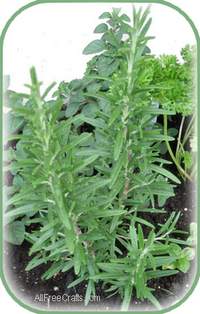
Check the rootball of potted rosemary twice a year for congestion; if the roots are pot-bound, transplant to the next largest pot size.
To bring rosemary indoors for the winter, place it in a cool room near a bright window. It’s best to bring in rosemary that is already growing in a container rather than potting up a plant uprooted from the ground. If all available plants are growing in beds, try growing cuttings in pots and bringing those indoors instead.
Propagation:
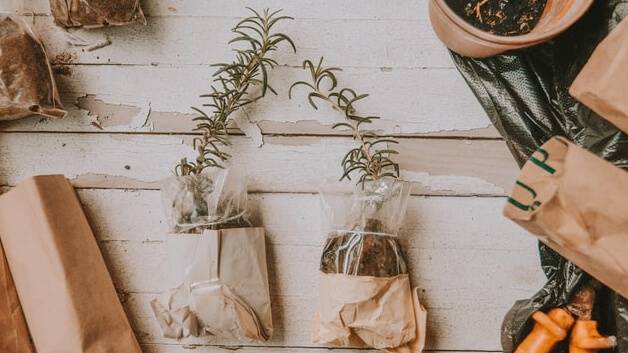
Growing rosemary from seed is slow and unreliable, so propagation by cuttings or layering is preferable.
Cuttings are best clipped in spring. Start with a cutting from four to six inches long, strip off some of the lower leaves, then bury the clipping in sandy soil, leaving about 1/3 of the plant above ground. If using rooting hormone, follow manufacturer’s directions. Be sure to water your new rosemary plant carefully, and keep it in a shady spot. In about six months the cuttings should be well rooted and ready for transplanting.
For layering, choose a flexible branch low to the ground. Thicker branches can be cut on the underside to promote root development; a dusting of rooting hormone in the cut is also beneficial. Secure the stem with an old-fashioned clothes pin, or a bent piece of wire. Roots should be formed in a month to six weeks, at which time you can sever the stem from the mother plant and transplant to its permanent position.
Established rosemary plants can be divided in their second or third year of growth.
If you wish to try growing this herb from seed, sow in shallow drills about six inches apart. When the seedlings are about three inches high, transplant them to a nursery bed. When the plants are five inches high, transplant them to a permanent spot; rosemary doesn’t like to be moved. The plants may be harvested in their second year.
Harvesting:
Harvesting can be done at any time, providing you prune no more than 20% of the plant. Cut off tips about 4 inches long and use the fresh leaves, or hang upside down to dry. The stems can also be dried by laying out on a screen, in a cool, dry, well-ventilated area.
Medicinal Uses of Rosemary and Precautions
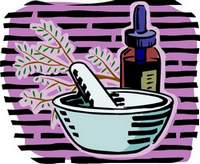
Rosemary is generally considered safe in food and therapeutic amounts; however, as with any herb, you need to be sure that using rosemary is safe for you. In general, rosemary is regarded as antiseptic and astringent, being great for digestion, and the circulatory and nervous systems. However, large doses of rosemary can be counterproductive and irritate the stomach or over-stimulate the heart.
Avoid Rosemary:
» If you are pregnant or breastfeeding, as it is a stimulant herb.
» If you are prone to seizures, as it has been linked to epileptic seizures in a small number of people.
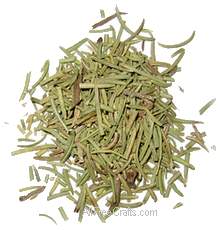
» If you have heart disease or high blood pressure.
» If you suffer from allergies, as rosemary can trigger an allergic reaction, particularly in topical preparations.
» If you are at all unsure about the effect that rosemary will have on you, consult a doctor for appropriate advice.
AllFreeCrafts is reader supported! Many supplies are found at thrift stores so try that first! However, if you buy from an affiliate link on this site, I earn a commission at no extra cost to you. As an Amazon associate, I earn from qualifying purchases. This has kept AllFreeCrafts.com online since 2002. Thank you!
Health Benefits of Rosemary
Rosemary’s leaves and flowers are the parts used for medicinal or healing purposes. Cut the stems just before flowering if using just the leaves, and during the flowering period to utilize the flowers as well. A simple infusion of the leaves alone, or the leaves and flowers together, can be prepared for drinking several times a day
- Rosemary is rich in antioxidants, particularly carnosic acid and rosmarinic acid.
- Traditionally taken to ease asthma, indigestion, muscle pain, colds, headaches and depression.
- Long regarded as beneficial to memory, recent studies in England and Japan have found that rosemary boosts mental focus and clarity.
- Has been popular in China for treating insomnia and mental fatigue.
- According to Rodale’s Growing and Using Healing Herbs
, a simple Chinese tea of rosemary, sage and peppermint is a good remedy for headaches.
- Like other aromatic herbs, rosemary is used as a decongestant to relieve nasal and chest congestion.
- In The Healing Herbs
, author Michael Castleman notes that rosemary is regarded as an antispamodic and, as such, should calm the uterus. Italian researchers, however, have found that it does the opposite – making rosemary in medicinal doses contraindicated for pregnant women. Other women may try the herb to bring on menstruation.
- See Rosemary Facial Recipes for homemade rosemary facial toner, facial scrub and acne remedy.
Rosemary Tea or Rosemary Tisane
Herbal tisanes are made by infusing fresh or dried herbs in hot water. Herbal teas, strictly speaking, are made by adding flavorful herbs to table teas. Whether you regard this recipe as a tea, or a tisane, it is a relaxing, aromatic beverage that can help settle the stomach or clear the sinuses.
Rosemary Tea
For each cup, use 2 to 3 teaspoons of fresh rosemary leaves, or half this amount of dried leaves. Warm a nonmetal teapot, then pour in the rosemary leaves. Cover with one to 1½ cups of boiling water and steep for five to 10 minutes. Strain into a teacup. If desired, sweeten with honey or sugar. Enjoy.
Resources
Rosemary Face, Body and Hair Recipes
Growing and Using Healing HerbsGaea and Shandor Weiss, Rodale Press, 1985
Rodale’s Illustrated Encyclopedia of Herbs, Miscellaneous Writers, Rodale Press, 1987
The Healing Herbs: The Ultimate Guide To The Curative Power Of Nature’s Medicines, Michael Castleman, 1991.
Ortho’s All About Herbs , James K. McNair, 1990.
Wikipedia, The Free Encyclopedia, Rosemary
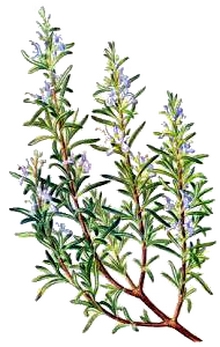
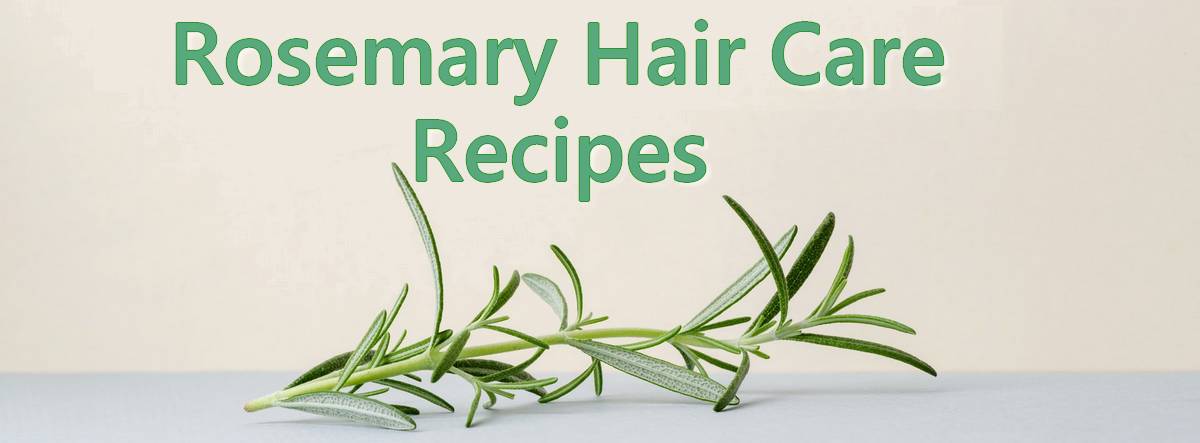
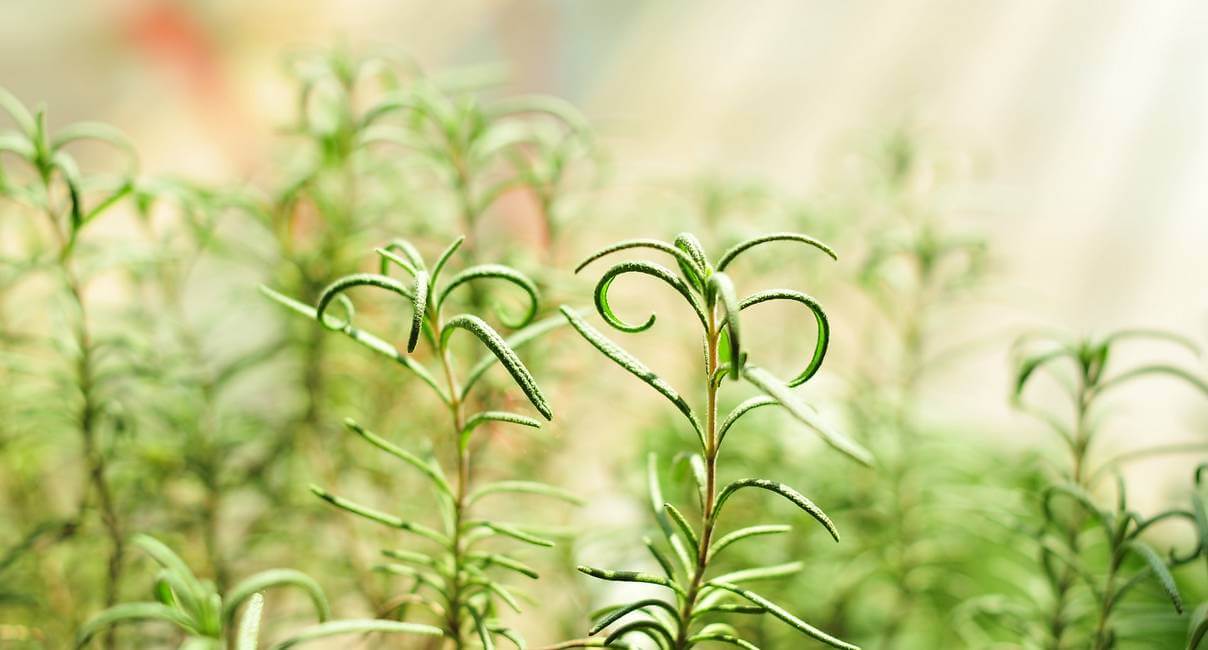

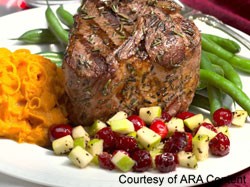
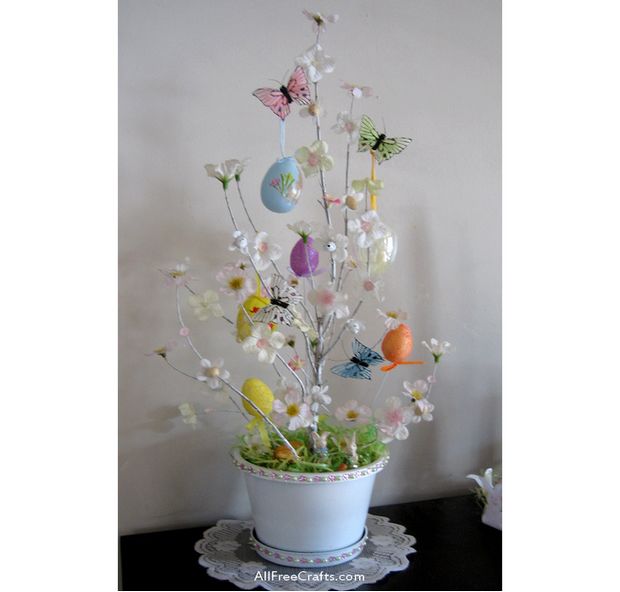
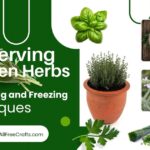
Leave a Reply